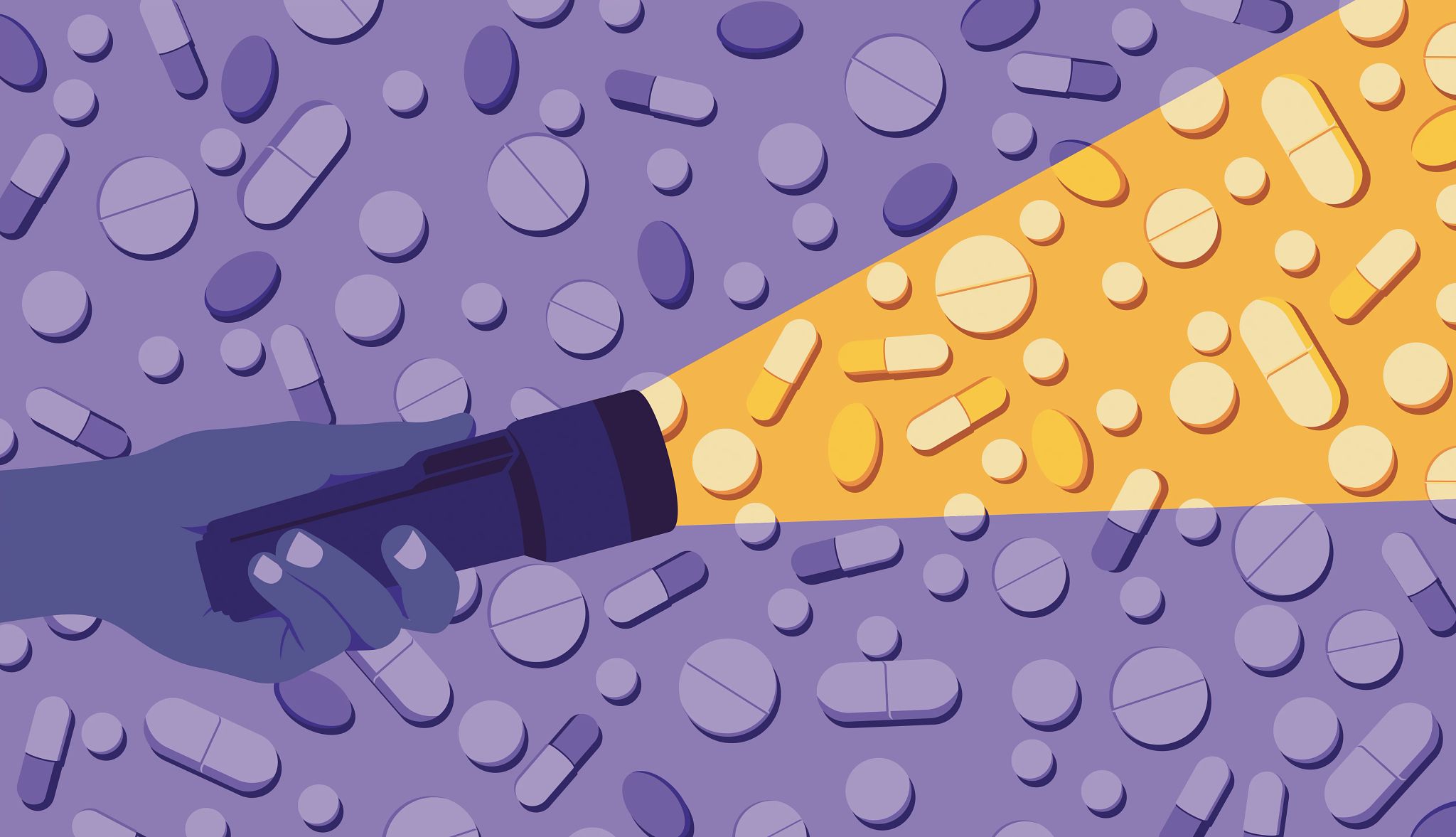AARP Hearing Center


Big changes are coming to Medicare’s prescription drug coverage (known as Part D) in 2025 that could impact how you pay for your medications — and how much you pay.
Here’s what you need to know as we head into the new year.
1. Out-of-pocket drug costs will be capped at $2,000
The biggest change coming in 2025 is a new $2,000 cap on annual out-of-pocket prescription drug expenses, which will help an estimated 3.2 million people in Medicare prescription drug plans save money on their covered medications next year, a recent report from AARP shows. Part D enrollees who reach the cap will save an average of $1,500 in 2025, and some will see savings of $3,000 or more.
Someone who takes a pricey cancer drug, for example, may hit the $2,000 limit in the first month or two of the new year. Once they do, they won’t have to pay anything out-of-pocket for the remainder of the year.
Historically, Part D plans have not had a ceiling on out-of-pocket spending. This, combined with rising drug prices, has saddled many older Americans with expenses so great that some have skipped doses or missed refills because they can’t afford to take their medication as prescribed. Nearly half of people polled by AARP report not filling a prescription due to its cost, or knowing someone who has done so.
The new $2,000 cap — a provision in the AARP-backed prescription drug law signed in 2022 — takes effect Jan. 1 and will be adjusted each year along with the other parts of the Part D benefit.































.jpg?crop=true&anchor=13,195&q=80&color=ffffffff&u=lywnjt&w=2008&h=1154)
































More From AARP
7 Medicare Changes You’ll See in 2025
Lower drug costs, coverage changes and new benefits
Many Older Adults Skip Meds Due to Cost
High Rx prices are impacting the health of people 65-plus5 Things to Know About Pharmacy Networks and Rx Costs
Your medications may be less expensive at certain pharmacies